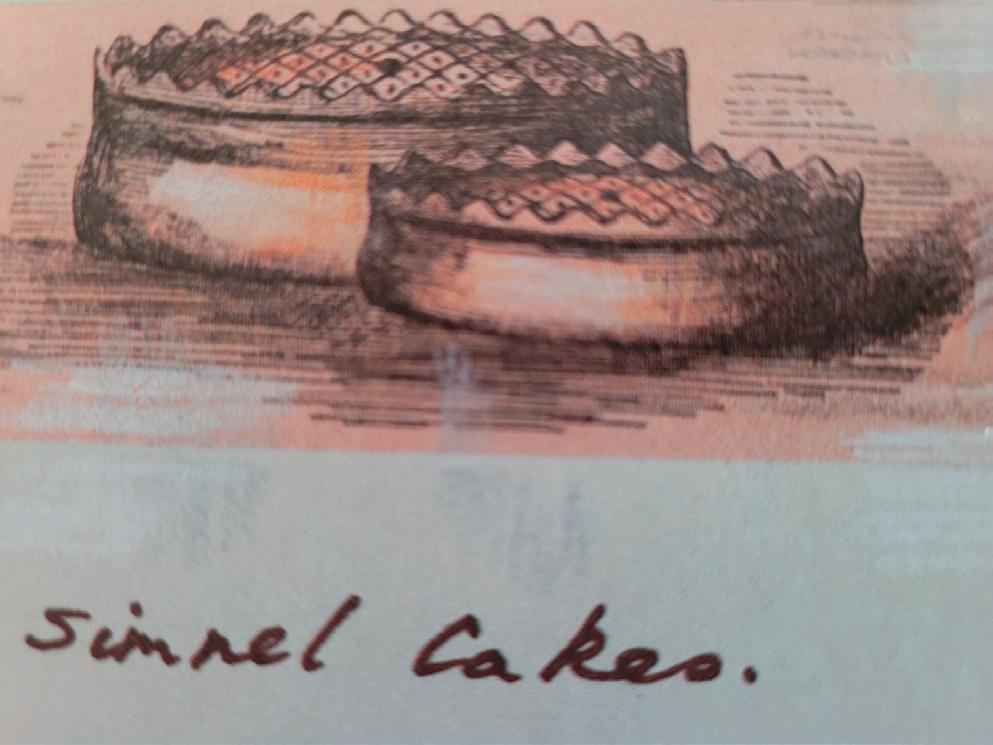
3 minute read
WEST SUSSEX MINIBUS
YOUR FRIENDLY DOOR-TO-DOOR SERVICE
Spring is just around the corner, so why not make the most of the weather and enjoy getting out with West Sussex Minibus.
Advertisement

The Association has a long history of supporting the local community. Operating a fleet of 10 minibuses across the county, this registered charity is run entirely by volunteers. They offer individuals the chance to stay active and assist those who live away from public transport links to remain independent. It is an affordable service which provides residents with the added convenience of being picked up and dropped back at their homes every trip. It is the perfect way of keeping in touch with old friends and meeting new ones.
West Sussex Minibus, Five Villages, organises practical shopping trips to Bognor Regis weekly and Chichester monthly, plus social excursions in spring, summer and autumn. This year they include a Cream Tea Cruise on the Chichester Canal, Scenic Drives to the seaside at Felpham and the riverside café, Amberley, with time for a relaxing lunch. In addition, Garden Centre visits to Pulborough, Angmering (Haskins) and Worthing (Highdown).
A year-round calendar and regular departures mean you can get out and about every week. Small minibuses seating 8-10 passengers are used, making for a friendly and informal service. It welcomes all age groups, with trip fares held at affordable levels. The service is door to door with help on hand to support passengers getting on and off the minibus, plus assistance carrying shopping to your house.
From their Five Villages Division, based in Barnham, the minibus service extends to picking up passengers from Aldingbourne, Eastergate, Fontwell, Middleton, Yapton, Walberton and Westergate.
Annual Membership is just £10 with a contribution to cover costs per trip. Alternatively, try the service with a Day Membership of £1.
‘A-MOTHERING WE GO’ BY
KIM LESLIE
‘From a classic bouquet, to luxury chocolates, bath and body gift sets, sensuous fragrances, maybe even some extravagant jewellery. What better ways to say thank you, Mum.’ Yet another commercial feast, another golden opportunity to cash in on this ancient religious festival. But the roots of Mothering Sunday are found in much more simple, unsophisticated times, going back almost from time beyond memory. In honouring mothers on March 19th we follow a centuries’ old custom.
Like so many of today’s festivals, Mothering Sunday’s origins were embedded in the church’s calendar, a far cry from today’s commercial take-over. It all started as a day of giving thanks for the life of the Virgin Mary, as Mother Mary, the mother of Jesus. This religious day eventually increased its scope from thanking Mother Mary to honouring ‘mother church’, an occasion for families to visit their home church, usually their place of baptism and marriage, an opportunity for family get-togethers. The added bonus was in seeing mother, to show appreciation for all her love and devotion over the years. The day became special, not only in the church’s calendar, but also in the world of work, when labourers, apprentices and servants were given a holiday to return home to pay their respects. As Mothering Sunday, its observance can be traced back at least to the seventeenth century. Sons and daughters engaged in this loving act of duty were said to go a-mothering, taking a precious little gift as a symbolic ritual of their love, perhaps a trinket, maybe some flowers and almost certainly something sweet and tasty – a simnel cake.
As the 17th century poet, Robert Herrick, penned: I’ll to thee a simnel bring/’Gainst thou go a-mothering.

Traditionally, simnel cakes went hand in hand with Mothering Sunday, the offering of an indulgent celebratory treat, rich in butter, eggs and milk, packed with fruit and topped with marzipan. In some parts of the country they were called mothering cakes. Simnel cakes these days are associated with Easter, but this is a much more recent custom.
In England, this very special day is always celebrated on the fourth Sunday in Lent, just three weeks before Easter. As the date of Easter changes every year, so does the date of Mothering Sunday, whereas in America it’s always been called Mother’s Day, the date fixed for the second Sunday each May. Its transatlantic name has crept into English usage, so in the UK it’s more often than not called Mother’s Day, rather than Mothering Sunday, thus stripped of its original religious connotation. And from America also came the custom of sending greetings cards, where the first mass-produced Mother’s Day cards were sold in the 1920s.
Happy Mothering Sunday!


















